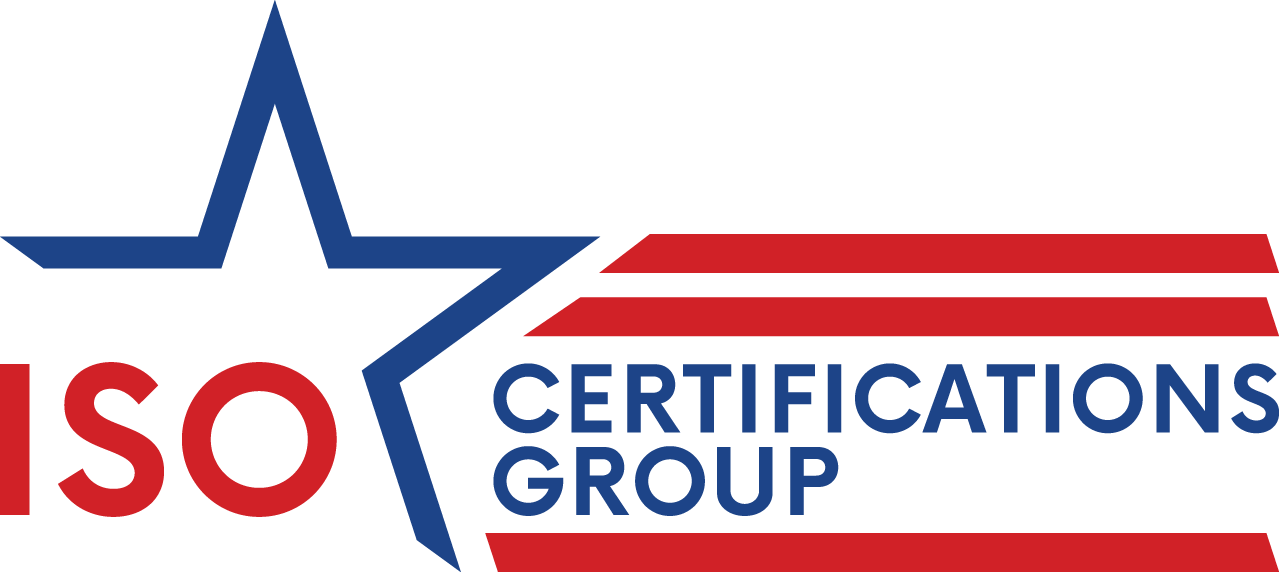Introduction
Clause 5.1 in ISO 9001:2015 emphasizes the importance of top management’s involvement as leadership and commitment to the Quality Management System. The term top management refers to the highest level of leadership within an organization. This can be an individual, such as a CEO (Chief Executive Officer), or a group of individuals, like an executive team or a board of directors. Clause 5.1 lays out requirements A-J for top management to meet in order to be compliant with the standard.
A Breakdown of Clause 5.1:
a) Taking accountability for the effectiveness of the quality management system:
While the quality manager plays a hands-on role in implementing the QMS, it is the responsibility of leadership to ensure its overall effectiveness. The collaboration between the quality manager and leadership is essential for the success of the QMS and the organization’s commitment to quality.
b) Ensuring that the quality policy and quality objectives are established for the quality management system and are compatible with the context and strategic direction of the organization:
It is necessary for top management to provide a quality policy and establish quality objectives to ensure they are compatible with the context and strategic direction of the organization to ensure overall effectiveness.
c) Ensuring the integration of the quality management system requirements into the organization’s business processes:
A QMS is a comprehensive framework that goes beyond mere documentation; it involves the integration of quality management principles into the daily operations and activities of an organization. Its success lies in the integration of quality principles by leadership into the daily fabric of the organization, creating a culture of continuous improvement and customer satisfaction.
d) Promoting the use of the process approach and risk-based thinking:
Everything done within an organization is a process with an input and an output. Taking the effects of uncertainty into consideration is the essence of risk-based thinking. Combining a process-oriented mindset with risk-based thinking creates a framework for managing operations in a way that considers uncertainties and promotes continuous improvement. Top management plays a crucial role in fostering a culture where employees understand the importance of assessing and addressing risks as an integral part of their daily responsibilities.
e) Ensuring that the resources needed for the quality management system are available:
Maintaining an effective QMS requires a strategic allocation of resources by top management. This involves providing the necessary support for training, auditing, and continuous improvement initiatives, reinforcing the organization’s commitment to quality and excellence.
f) Communicating the importance of effective quality management and of conforming to the quality management system requirements:
Leadership plays a critical role in shaping the culture and mindset of an organization with regard to quality. By consistently reiterating the importance of everyone working within and conforming to the QMS, leaders create an environment where quality is not just a set of rules but a guiding principle that influences daily decisions and actions at all levels.
g) Ensuring that the quality management system achieves its intended results:
Actively monitoring and assessing the QMS is a proactive and strategic approach that helps management ensure the ongoing effectiveness and relevance of the system. This process supports the organization in meeting its objectives, maintaining compliance, and fostering a culture of continuous improvement.
h) Engaging, directing, and supporting persons to contribute to the effectiveness of the quality management system:
Leadership plays a pivotal role in creating a culture where individuals are actively involved, guided, and supported in contributing to the effectiveness of the QMS. This collaborative approach not only enhances the overall quality of products and services but also strengthens the organization’s resilience and adaptability.
i) Promoting improvement:
Actively promoting and supporting initiatives for enhancing the Quality Management System is a critical aspect of effective leadership. This commitment from top management helps to instill a culture of continuous improvement and ensures that the QMS evolves to meet changing needs and challenges.
j) Supporting other relevant management roles to demonstrate their leadership as it applies to their areas of responsibility:
Encouraging and supporting other management roles in demonstrating leadership within their specific areas of responsibility is a key aspect of effective leadership at the top level. This approach fosters a collaborative and distributed leadership model within the organization.
Conclusion
Assessing these elements can help determine how well your organization’s leadership aligns with the requirements of ISO 9001:2015 Clause 5.1. Take a moment to reflect on what the standard says while you analyze what you see and feel from your top management. Does your top management have the leadership and commitment to align with the standard?

